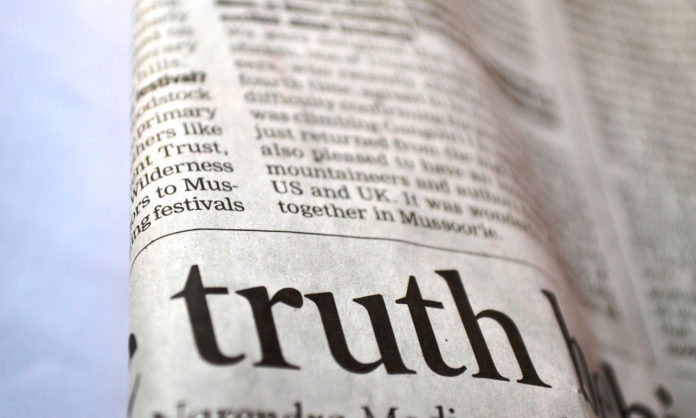In a post on CrimeReads, Jonathan Fredrick discusses how writers weave truth into their fiction. “This, I believe, is the primary aim of writers: To write truthfully under fictional circumstances,” he says. “When something happens in the story that breaks the reader’s trust, that sets their bullshit meter right off, and it is nearly impossible to get them back.”
The flaw could be in the dialogue, narrative, vocabulary, or character choices, but every reader’s pet peeve is different. So, how do you get past the bullshit meters of most readers? Fredrick starts with what he calls truth-hacks. He suggests that writers who craft fiction that aligns closely with their own lives have an advantage, because readers believe they are reporting facts or something close to factual. Hemingway, Dashiell Hammett, and John Le Carré used their backgrounds to create a veneer of truth over their fiction.
Second, Fredrick says that setting your story within the context of a famous historical event will help you wind your way into your reader’s imagination. “If a writer can get the period elements correct, it is a much smoother slide into the reality of the world they’ve set up,” he says. “It is much easier to pull this hack off if the event in question has taken place within this lifetime, or close to it, rather than, say, the fall of Rome.”
Writers also must use their powers of observation to witness what’s true about themselves and others around them. “The writer must take a keen interest in their own lives, the lives of others, and absolutely everything that transpires around them,” Fredick writes. “You never know what will spark an idea, or what little detail will help round out a character, or description, or line of dialogue.”
In his fiction, Fredrick has used his hometown as the basis for the fictional city in his crime series, used real-life crimes as inspiration, and given fictional characters the jobs held by his friends.












